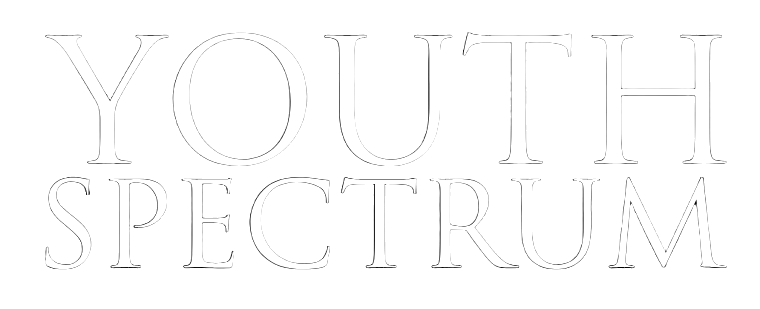Introduction
The age-old debate between stocks and ETFs continues to shape investment strategies in 2025. Stocks offer the thrill of high returns, while ETFs provide stability through diversification. But which one aligns with your financial goals? This guide breaks down the pros, cons, and best use cases for each—helping you make an informed decision in today’s dynamic market.
1. Understanding Stocks: High Risk, High Reward
Stocks represent ownership in a single company, like Apple or Tesla. They’re ideal for investors seeking aggressive growth but come with higher volatility.
Key Advantages of Stocks:
- Potential for outsized gains (e.g., NVIDIA surged 200% in 2024).
- Control over individual picks—you choose which companies to back.
- Dividend income from established firms like Coca-Cola (KO).
Risks to Consider:
- Steep losses (some tech stocks dropped 50% in recent corrections).
- Requires research—analyzing earnings reports, industry trends, and management.
- Emotional discipline needed to avoid panic selling.
Actionable Tip: Start with “blue-chip” stocks (e.g., Microsoft, Amazon) before venturing into high-growth, high-risk picks.
2. Why ETFs Are a Safer Bet for Beginners
ETFs (Exchange-Traded Funds) bundle multiple stocks or bonds into a single investment. They’re perfect for passive investors who want diversification without stock-picking stress.
Top Benefits of ETFs:
- Instant diversification (e.g., SPY tracks the S&P 500’s 500+ companies).
- Lower fees—many ETFs charge under 0.10% annually.
- Consistent returns—historically, ETFs outperform 80% of active traders.
Popular ETF Categories in 2025:
| Type | Example ETF | 2025 YTD Return |
| S&P 500 | VOO | +12.3% |
| Tech Focus | QQQ | +18.1% |
| Dividends | SCHD | +6.8% |
Actionable Tip: Allocate 70–80% of your portfolio to broad-market ETFs (like VOO) for stability.
3. Hybrid Strategy: Combining Both for Optimal Growth
Why choose one when you can benefit from both? A balanced approach leverages ETFs for stability and stocks for explosive growth.
Sample Portfolio Allocation:
- 70% ETFs (VOO, QQQ, SCHD)
- 20% Blue-Chip Stocks (Apple, Berkshire Hathaway)
- 10% High-Growth Stocks (AI, biotech, or crypto-related)
Case Study: An investor who split funds between VOO and NVIDIA in 2024 saw +35% returns, outperforming pure ETF or stock strategies.
FAQ – Expert Answers to Common Questions
Q: Can ETFs lose money?
A: Yes, but losses are usually milder than individual stocks. For example, SPY dropped 20% in the 2024 correction, while many tech stocks fell 50%+.
Q: How much should I invest in stocks vs. ETFs?
A: Experts like Vanguard recommend 80% ETFs for beginners, shifting to 50/50 as you gain experience.
Q: Are ETFs better for retirement accounts?
A: Yes—ETFs like VTI (total stock market) are ideal for IRAs due to low fees and steady growth.
Conclusion: Which Should You Choose?
- ETFs = Best for beginners, passive investors, and retirement accounts.
- Stocks = Ideal for active traders seeking higher rewards (with higher risk).
- Hybrid Approach = The smartest balance for long-term wealth.
Final Tip: Start with ETFs, then gradually add stocks as you learn. Avoid emotional decisions—stick to your plan!

